Premium Only Content
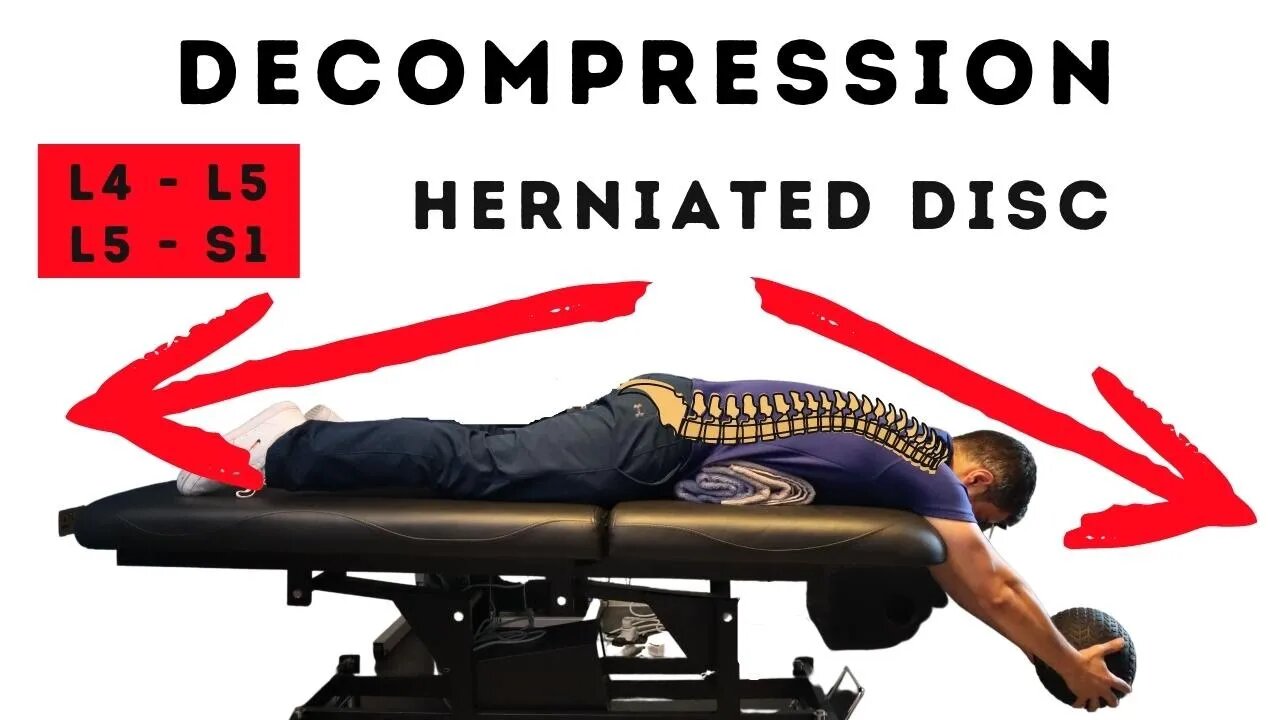
Best Decompression for lumbar herniated disc
In this routine I’m going to show you the best decompression exercises for lumbar herniated disk which you can use in a daily bases as part of your recovery plan.
These exercises are low impact and suitable for anyone who suffer from herniated disc or experience sciatica pain. These exercises will help you to reduce your lower back pain, improve your mobility and help you to recover quicker.
As I promised, here is a couple of sources that you may want to read in regard to your back pain and your MRI scan.
- MRI vs MRI: https://www.dublinsportsinjuryclinic....
- Herniated Discs Treatment and Management
https://www.dublinsportsinjuryclinic....
- 4 TOP EXERCISES FOR SCIATICA PAIN RELIEF
https://www.dublinsportsinjuryclinic....
References:
If you haven't watched the 1s and 2nd part of my videos about L4 L5 - L5 S1 disc bulge best exercise rehabilitation for pain relief, you can use the links below.
Part 1: https://youtu.be/SNDEBO6nQ6A
Part 2: https://www.youtube.com/watch?v=AFUnr...
Your spine is made up of 24 bones called vertebrae, that are stacked on top of one another. These bones connect to create a canal that protects the spinal cord.Five vertebrae make up the lower back. This area is called your lumbar spine.
In between your vertebrae are strong and flexible intervertebral disks. These disks are flat and round, and about a half inch thick.Intervertebral disks act as shock absorbers when you walk or run. They are made up of two components:Annulus fibrosus. This is the tough, flexible outer ring of the disk.Nucleus pulposus. This is the soft, jelly-like center of the disk.
The cause
A herniated disk is most often the result of natural, age-related wear and tear on the spine. This process is called disk degeneration. In children and young adults, disks have high water content. As people age, the water content in the disks decreases and the disks become less flexible. The disks begin to shrink and the spaces between the vertebrae get narrower. This normal aging process makes the disks more prone to herniation.
Symptoms
In most cases, low back pain is the first symptom of a herniated disk. This pain may last for a few days, then improve. Other symptoms may include:
Sciatica. This is a sharp, often shooting pain that extends from the buttock down the back of one leg. It is caused by pressure on the spinal nerve.Numbness or a tingling sensation in the leg and/or foot. Weakness in the leg and/or foot. Loss of bladder or bowel control. This is extremely rare and may indicate a more serious problem called cauda equina syndrome.
Examination
After discussing your symptoms and medical history, your physical therapist will perform a physical examination.
The exam includes the following tests.
Neurological examination which will assess any muscle weakness or loss of sensation in lower limb & upper limb. They will screen your overall movement pattern while you walking, squatting and so on. They will Test your reflexes at the knee and ankle. These may sometimes be absent if there is a compressed nerve root in your spine. Straight leg raise (SLR) test. This test is a very accurate predictor of a disk herniation in patients under the age of 35.
Do I need X- ray / MRI scan
If you are experiencing back pain In most cases, Xray or MRI scan does not show exactly what is wrong with your back & show you the source of pain.
Systematic Review has shown, Imaging findings of spine degeneration are present in high proportions of asymptomatic individuals (90%) , and it increasing with age.
Many imaging-based degenerative features are likely part of normal aging and unassociated with pain. These imaging findings must be interpreted in the context of the patient's clinical condition.
Managment
Initial treatment for a herniated disk is usually nonsurgical in nature. Treatment focuses on providing pain relief.Your Physical therapist will customised a rehabilitation plan to follow with highlighting does and don’ts. For the majority of patients, a herniated lumbar disk will slowly improve over a period of several days to weeks. Typically, most patients are free of symptoms by 3 to 4 months. However, some patients do experience episodes of pain during their recovery.
Tags:
#l4l5discbulge #l4l5 #l5S1
L4 L5 - L5 S1 disc bulge best exercise rehabilitation for pain relief, L4 L5, L5 S1, disc bulges, disc protrusion, slipped disc, L5 S1, Disc bulges, disc protrusion, lower back disc, Lower back pain relief, lower back disc bulges, lower back exercise, slip disc, slipped disc exercises.
Best Decompression for lumbar herniated disc
Decompression for lumbar herniated disc
Decompression for lumbar disc bulges
Decompression for sciatica pain
Decompression for lower back pain
-
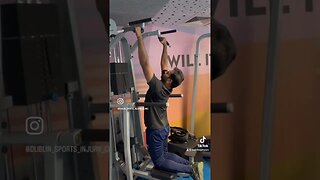 1:00
1:00
Bob The Physio
2 years ago $0.05 earnedL4 L5 disc bulges recovery without surgery
241 -
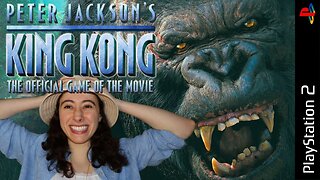 2:17:05
2:17:05
Blabs Life
6 hours agoPART 3: Peter Jackson's King Kong: The Official Game of the Movie | Noob Plays
12.8K2 -
 18:07
18:07
MetatronCore
5 hours agoAmala Ekpunobi is BASED
14.9K5 -
 1:01:48
1:01:48
BonginoReport
5 hours agoWaddle & Gobble Receive Presidential Pardons! - Nightly Scroll w/ Hayley Caronia (Ep.185)
112K31 -
 53:41
53:41
Katie Miller Pod
4 hours agoMike & Kelly Johnson on Marriage, Family, & Demands of the Job | The Katie Miller Podcast Ep. 16
35.9K14 -
 1:31:04
1:31:04
The Daily Signal
5 hours ago $0.10 earned🚨BREAKING: Judicial CHAOS—$7 Million Somalian Fraud Scandal Thrown Out, Trans Terrorist Released
24.9K11 -
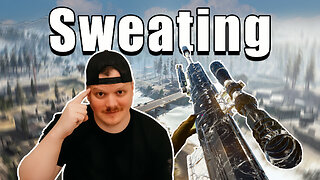 9:07:11
9:07:11
GritsGG
11 hours ago#1 Most Warzone Wins 4049+!
24.4K2 -
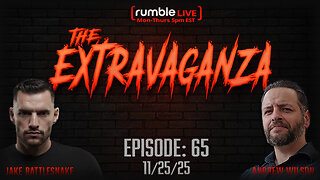 1:05:43
1:05:43
TheCrucible
6 hours agoThe Extravaganza! EP: 65 (11/25/25)
114K15 -
 7:29:53
7:29:53
The Rabble Wrangler
18 hours agoBattlefield 6 Free Week | Come Play With The Best in the West!
19.3K -
 1:35:57
1:35:57
Kim Iversen
6 hours agoThe Macrons Tried To KILL Candace Owens?
52.7K114